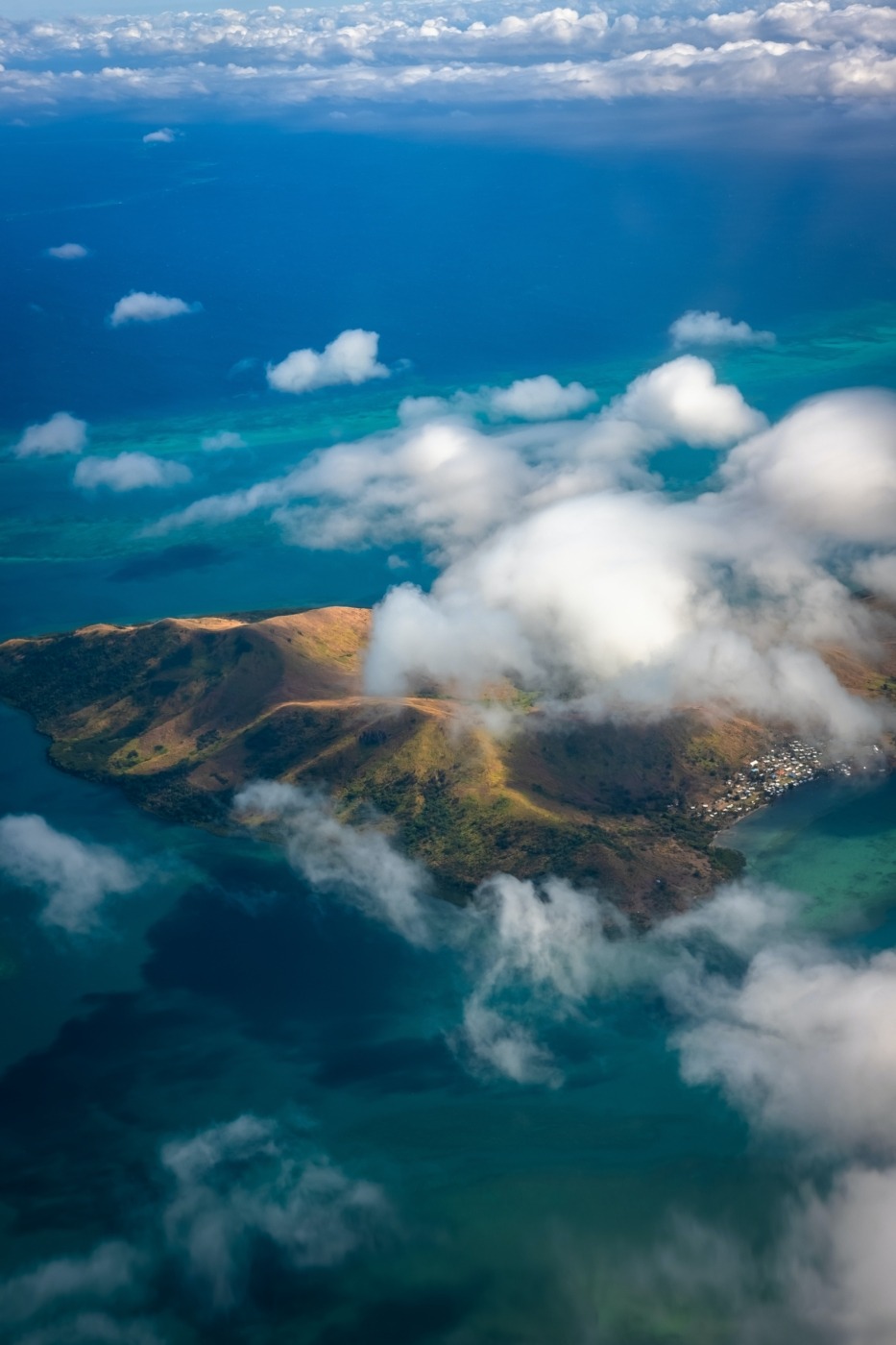Climate change may wipe Pacific island nation off the map
Globally, economic inequality between countries has decreased over the last few decades. Yet climate change has impeded progress. Recent research shows that the gulf between the richest and poorest countries is 25 percent wider than it would be in a world without global warming. It is tropical countries that are the hardest hit, often more sensitive to increases in temperatures. Additionally, poorer countries lack the infrastructure to deal with climate-change-induced disasters and are often uniquely vulnerable because their livelihoods depend on natural resources. But they tend to be the least responsible for the climate crisis, emitting much less carbon dioxide per capita than richer countries.
Climate change is perceived by many as something of an abstract idea. Yet millions of people around the world are at the sharp end of extreme weather disasters exacerbated by an increase in global temperatures. Prolonged drought occurs in sub-Saharan Africa, while tropical storms sweeping across Southeast Asia, the Caribbean and the Pacific. In the northern hemisphere, during the summer months of 2018, communities from the Arctic Circle to Greece, Japan, Pakistan and the US experienced scorching heatwaves and wildfires that resulted in the deaths of hundreds of people. There are also less visible ways climate change threatens lives. For example, the World Health Organisation climate change will cause 250,000 deaths between 2030 and 2050, due to malaria, malnutrition, diarrhoea and heat stress.
Millions of people around the world are at the sharp end of extreme weather disasters exacerbated by an increase in global temperatures
In recent years, scientists have tried to pinpoint exact figures on how much climate change has already affected the planet. For example, in 2017 they found that Hurricane Harvey dumped about 15 percent more rain than it would in an un-climate-changed world.
Some of those who pay the highest price are Pacific Islanders. Kiribati may be wiped off the map entirely in the coming years as a result of rising sea levels. Each year the sea level rises by half an inch, which may not sound like much, but it is a significant impact on islands that exist only a few feet above sea level. Flooding is likely to contaminate the island’s freshwater and harm its soil, which is not especially fertile for agriculture to begin with. Already, torrential waters have caused the single paved road of Tarawa, its capital, to collapse. Kiribati’s crucial fishing industry is also under siege, as climate change prompts shifts in the ocean, including coral bleaching, damage to the structure of reefs, marine heatwaves – all of which force marine life to move north. It has allied itself with other climate-vulnerable island countries to fight climate change through methods such as planting mangrove trees and building sea walls.
The coastal town Vunidogoloa is now a ghost town after its residents moved 2 kilometres inland in 2014
Kiribati has been forced to buy 5,000 acres of land in faraway Fiji in case the 120,000-strong population needs to relocate. Yet here is only a temporary refuge – coastal erosion and storm surges are defeating Fiji too. The coastal town Vunidogoloa is now a ghost town after its residents moved 2 kilometres inland in 2014. With water up to their knees and their crops destroyed, they had no choice. More than 80 other villages across Fiji will be made to do the same. In 2016 Fiji was devastated by Cyclone Winston, the most intense cyclone the southern hemisphere had seen. It hit coastal communities the hardest, killing 44 nationwide.
In March, 200 Fijian youths congregated at the National Youth Climate Action Summit aimed at advancing youth-led community initiatives and forwarding vital youth input to the Fijian government regarding its Climate Change Bill. This legislation holds the government to account for reaching net-zero emissions by 2050. There is a glimmer of hope for a greener future pioneered by the next generation – Fiji’s youth are at the forefront of climate activism in the country.

Comments